I build a mic amplifier for a standard hands free (Apple 4-pole jack). However, even without anything plugged into the jack there's audible noise at the output (MIC_IN in diagram). It sounds like white noise to my ears.
Increasing C13 to 100 uF almost completely eliminates the noise. However, to my surprise, removing C7 also does that. Please help me understand the forces at play here and what a proper fix for the noise is.
The VCC3 supply has lots of digital noise in it. The circuit is using 0805 / 0603 resistors and capacitors.

